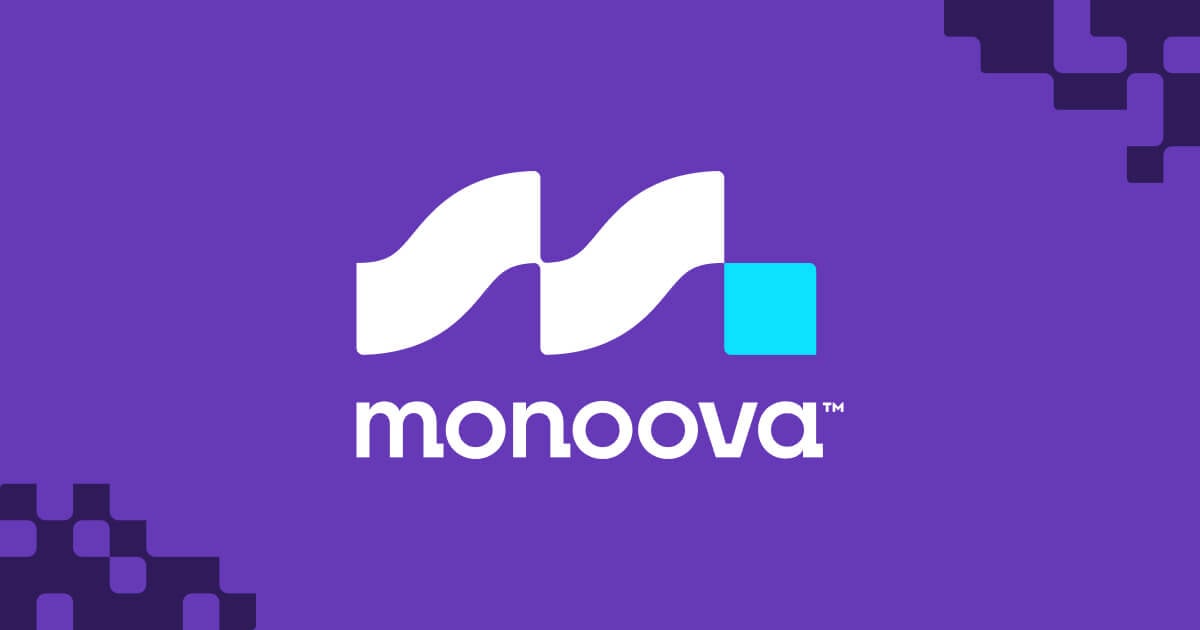Every startup embarks on a journey of uncertainty, ambition, and strategic decision-making. One of the most crucial aspects of this journey is securing funding at the right stages to fuel growth and bring a vision to life. From the earliest idea-stage investments to scaling globally and, ultimately, achieving a successful exit, each phase comes with its own objectives, challenges, and investor expectations.
The Evolution of Startup Funding
Funding is the lifeblood of a startup, enabling founders to turn ideas into reality, test market viability, scale operations, and, eventually, establish a lasting presence in the industry. Understanding the nuances of each stage is critical for entrepreneurs looking to align their business strategies with financial planning.
Pre-Seed: Laying the Foundation
At the pre-seed stage, a startup is little more than a promising idea. Founders are focused on refining their business concepts, conducting market research, and assembling a core team. The primary goal is to develop a Minimum Viable Product (MVP) that addresses a real problem and demonstrates growth potential.
Funding at this stage typically comes from personal savings, friends and family, or angel investors willing to bet on the team’s vision. These early investors look for passionate founders with innovative ideas and a clear execution plan. While funds at this stage are often modest, they serve as validation that the startup has market potential.
Challenges abound, from managing limited resources to defining a strategic direction. Every dollar needs to be spent wisely, and a strong pitch is essential for securing further investment down the line.
Seed: Turning an Idea into a Business
The seed stage is where a startup transitions from concept to early operations. With an MVP in place, founders focus on refining the product based on user feedback, executing a market entry strategy, and expanding their core team.
This is the first stage where venture capital firms, accelerators, and crowdfunding platforms may get involved. Investors at this level expect to see early traction—whether through user growth, revenue, or strong market validation. The ability to iterate quickly and adapt based on feedback becomes crucial.
Financial management is also key. Founders must carefully allocate resources to ensure sustainable growth and avoid burning through capital too quickly before securing the next round of funding.
Series A: Scaling Up
Series A marks a turning point—startups at this stage have demonstrated product-market fit and are now focused on scaling. With significant capital injections, typically from venture capital firms, companies aim to expand operations, enhance product offerings, and enter new markets.
Investors in this round look for a proven business model with clear growth potential. They expect to see detailed strategies for customer acquisition, revenue generation, and long-term sustainability.
Rapid scaling brings new challenges, from managing growing teams to maintaining product quality while expanding. Strategic alignment between market demand and company growth plans becomes essential.
Series B: Expanding Market Reach
By the time a startup reaches Series B, it is no longer a small, scrappy operation—it is an established player looking to solidify its market position. At this stage, startups focus on deepening market penetration, diversifying product offerings, and bringing in top talent to fuel innovation.
Later-stage venture capital firms and growth equity investors come into play, expecting not just growth but operational efficiency. Founders must demonstrate that they can scale without losing agility or compromising customer satisfaction.
Series C & Beyond: Preparing for a Major Leap
For startups that continue to thrive, Series C and later rounds provide the capital necessary for bold moves—whether that means international expansion, acquiring competitors, or investing in groundbreaking technology.
Investors at this stage include private equity firms, corporate venture arms, and even hedge funds. These stakeholders are looking for companies with a proven track record, strong leadership, and a clear path to a lucrative exit. The pressure to maintain momentum is high, and balancing aggressive growth with long-term sustainability becomes the biggest challenge.
Exit Strategies: Realizing the Vision
After years of relentless effort, a successful exit is the ultimate goal for many founders and investors. There are several paths a startup can take:
– Initial Public Offering (IPO): Going public provides access to vast capital and solidifies a company’s credibility. However, it comes with stringent regulations and the pressure of public scrutiny.
–Mergers & Acquisitions (M&A): Joining forces with a larger company can offer immediate financial rewards, access to new markets, and operational synergies, but it also requires careful negotiation to align goals and company cultures.
– Management Buyouts: Founders looking to exit while preserving company culture might opt to sell their stake to existing management or private investors.
– Secondary Market Sales: This allows early investors or founders to liquidate shares without a full exit, providing liquidity while keeping operations intact.
The Road Ahead
The startup journey is a mix of vision, strategy, and adaptability. Navigating funding stages successfully requires more than just securing capital—it demands resilience, careful planning, and a deep understanding of market dynamics. By aligning financial goals with long-term business strategies, entrepreneurs can set themselves up for sustainable success.
While every startup’s path is unique, understanding these funding stages provides a roadmap for growth, ensuring founders make informed decisions at every step of the journey.
Looking to refine your investor engagement strategy and secure the right funding for your startup?
Download our free ebook, Unlocking Capital: Your Guide to Winning Investors, and gain valuable insights to help you navigate the funding landscape.










